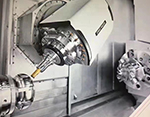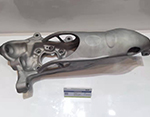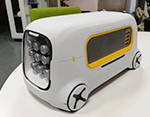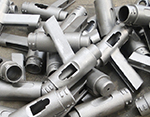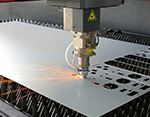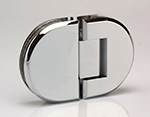-
Service
+
- CNC Precision Machining Service +
- Multi-Axis Simultaneous Machining Service +
- CNC Turning Service +
- Metal 3D Printing Service +
- Rapid Prototyping Service +
- Die Casting Service +
- Sheet Metal Fabrication Service +
-
Finish Serivces
+
- Polishing
- Grinding
- Brushed Finish
- Sand blasting
- Painting
- Powder Painting
- Anodizing
- Hard anodizing Service
- Passivation
- Zinc Plating
- Nickel Plating
- Chrome Plating
- Blackening
- Black Zinc Plating
- Teflon Coating
- Titanium Coating
- DLC Coating
- Laser Marking
- Silk Screen Printing
- Transfer Printing
- Micro Arc Oxidation
- Industries +
- About Us +
- Resource +
- Contact Us
- Quote

-
Service
-
>
-
>
-
>
-
>
-
>
-
>
-
>
-
>
-
- Industries
- About Us
- Resource
- Contact Us
Turning differs from CNC milling in that the tool rotates and points at the workpiece from multiple angles, while the workpiece is usually stationary. Because CNC turning involves rotating the workpiece in a chuck, it is often used to create round or tubular shapes, resulting in a more accurate round surface than CNC milling or other processes.
The tool used with the CNC lathe is mounted on a turret. The assembly is programmed to perform certain movements and remove material from the raw material until the desired 3D model is formed.
As with CNC milling, CNC turning can be used to rapidly manufacture prototypes or end-use parts.
What is CNC Turning?
CNC Turning is a manufacturing process in which bars of material are held in a chuck and rotated while a tool is fed to the piece to remove material to create the desired shape. A turret (shown center), with tooling attached is programmed to move to the bar of raw material and remove material to create the programmed result. This is also called “subtraction machining” since it involves material removal. If the center has both tuning and milling capabilities, such as the one above, the rotation can be stopped to allow for milling out of other shapes.
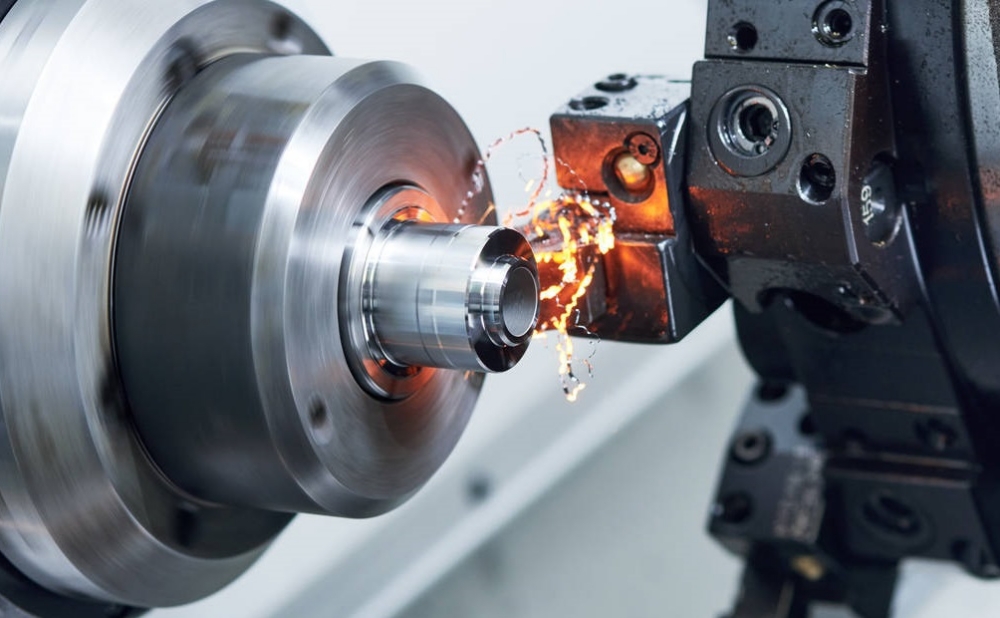
CNC Turning Machine
Advantages of CNC Turning
CNC turning has several benefits, including the following:
Accuracy
The CNC turning machine can execute exact measurements and eliminate human mistakes using CAD or CAM files. Experts can deliver incredibly high accuracy using cutting-edge machinery, whether for the production of prototypes or the completion of the entire production cycle. Every cut is precise since the machine being used is programmed. In other words, the final piece in the production run is identical to the first piece.
Flexibility
Turning centers come in various sizes to accommodate your applications’ flexibility. The adjustment is rather easy because this machine’s tasks are preprogrammed. The operator can finish your component by making the necessary programming adjustments to your CAM program or even build something entirely different. Therefore, you can rely on the same precision CNC machining services company if you need many unique parts.
Safety
Manufacturing firms adhere to strict safety rules and regulations to guarantee complete safety. Since the turning machine is automatic, less labor is required because the operator is only there to monitor the machine. Likewise, the lathe body employs fully enclosed or semi-enclosed protective devices to avoid flying particles from the processed item and lessen harm to the crew.
Faster Results
There is a lower chance of error when tasks specified by programming are carried out on CNC lathes or turning centers. As a result, this machine can finish production more quickly without sacrificing the final output quality. Finally, you can receive the necessary components faster than with other options.
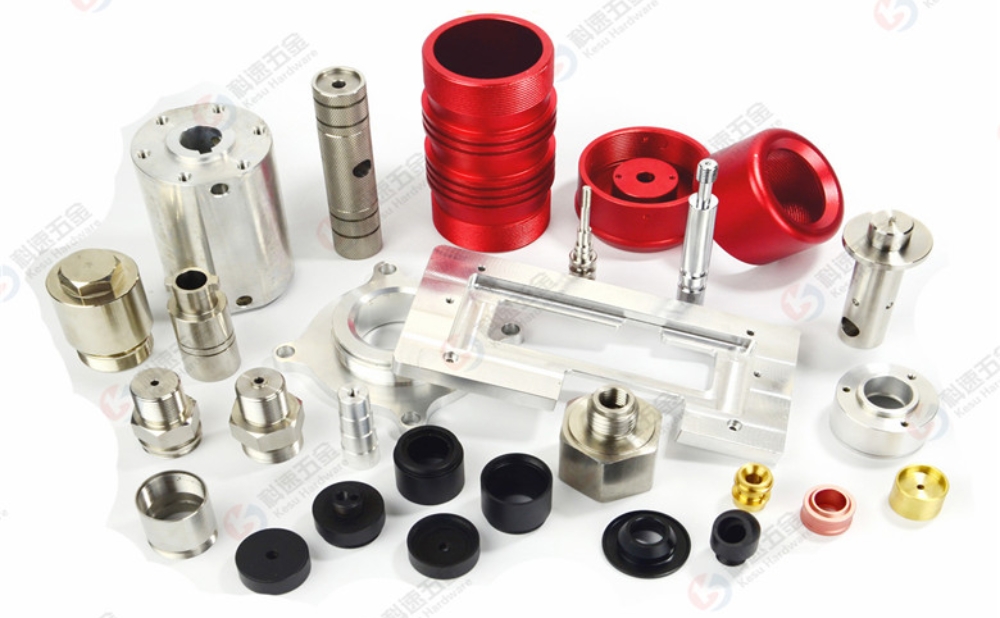
CNC Turning Parts
Suitable Materials for Turning
CNC Turning Metals
Aluminum machining is a key part of Kesu Group's service catalog, but CNC turning can also be used to machine metals such as magnesium, steel, stainless steel, brass, copper, bronze, titanium and nickel alloys.
CNC turning is typically used for mechanical and cosmetic parts, which are often made of aluminum, the most easily machined metal. Aluminum parts can be made with high strength and precision as well as excellent surface finishes.
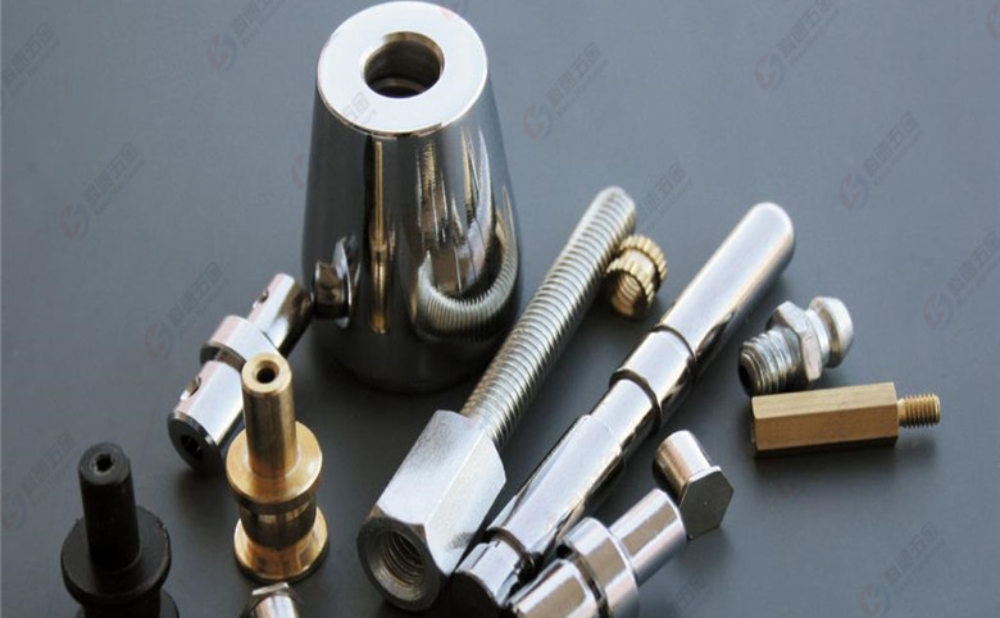
CNC Turning Metal Parts
CNC Turning of Plastics
While precision machining is typically used for metals, Kesu Group can also provide CNC turning services for plastic parts. Materials available for CNC turning include nylon, polycarbonate, ABS, POM, PP, PMMA, PTFE, PEI, and PEEK, providing more accurate parts than 3D printing.
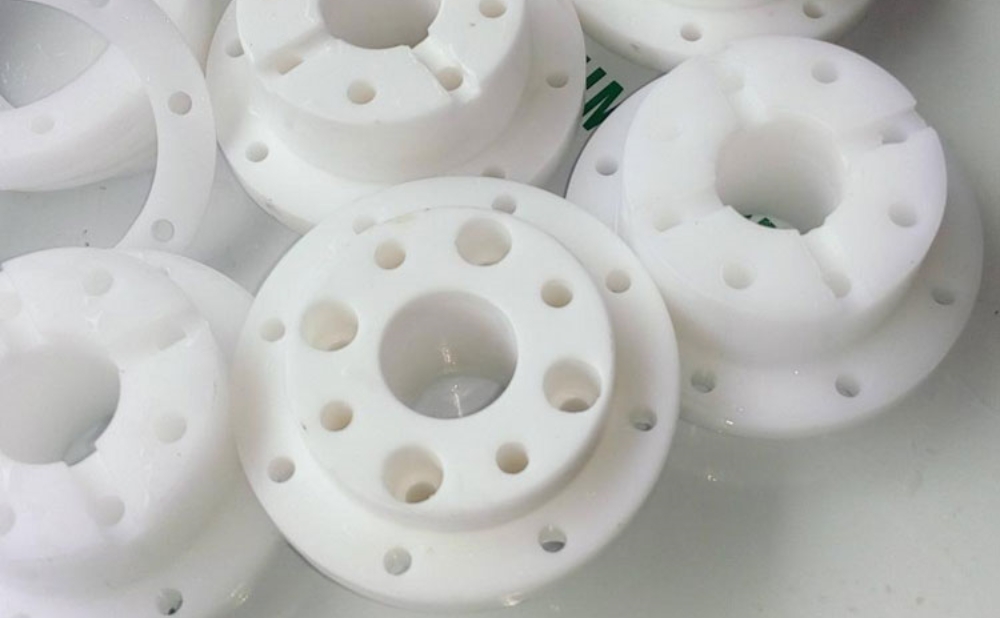
CNC Turning Plastic Parts
Is my Parts a Good Fit for CNC Turning?
While a lot of factors go into determining if a part can be made most cost-effectively on a specific CNC turning center, some things we look at are:
How many parts are needed short-term and long-term? CNC turning centers are generally good for prototypes to short-run volumes.
What is the largest OD on the part ? For the CNC turning centers at Pioneer Service, the maximum OD for colleted (bar feed-capable) parts is 2.5.”
Parts over 2.5″ OD are chucked individually, which depending on volume, can contribute to price.
Parts under 1.25″ OD and medium to high volume may be a better fit for the Swiss screw machines.
If a part can be made both on the CNC turning center and on a 32 mm Swiss Screw Machine factors such as projected volume and lead-time are critical for making the best call on which to use.
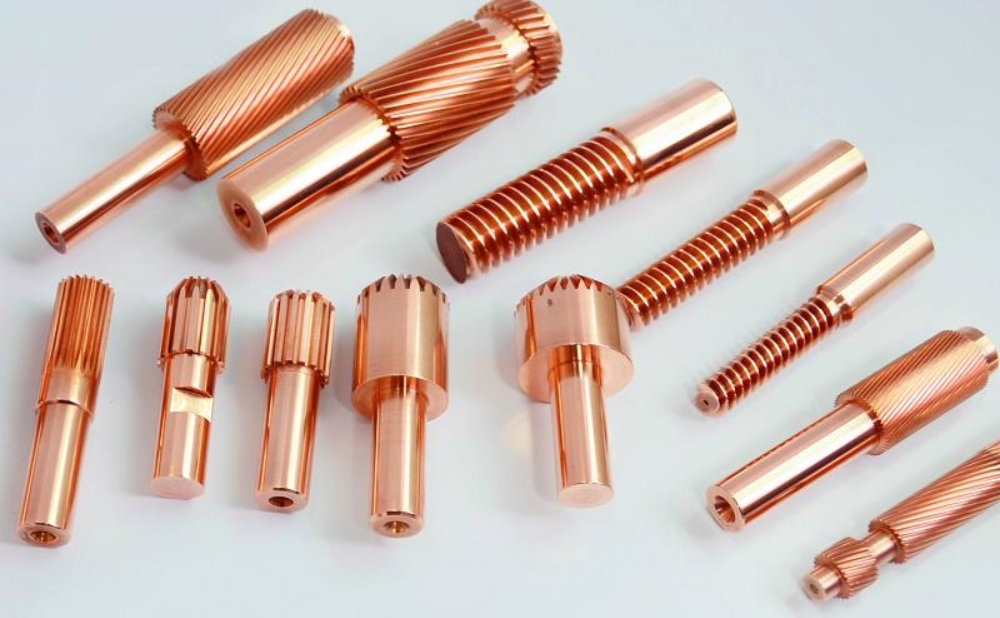
CNC Turning Copper Parts
Inquire Now
Contact:
Email: Diana@kesugroup.com,
WhatsApp: +86 156-2583-1454
Our engineer team are ready for your projects and provide feedback quickly.

